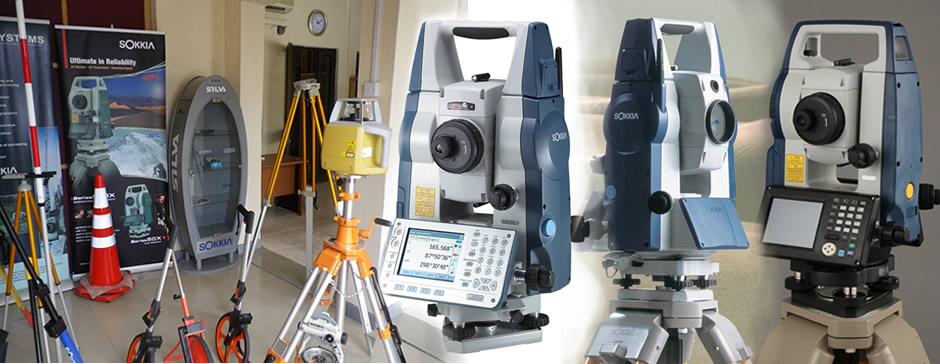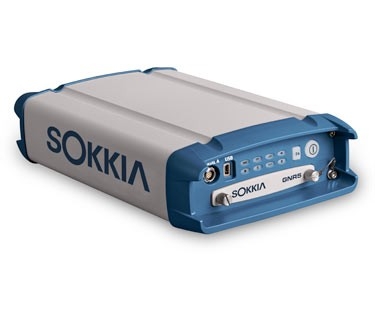GNR5 Reference Receiver
The GNR5 is a GNSS reference receiver for many types of applications among other GNSS infrastructure network receivers, permanent reference stations, field (mobile) base stations, and reference stations for scientific analysis.
The GNR5 is capable of tracking all GNSS constellation including GPS, GLONASS, Beidou, Galileo, QZSS as well as SBAS using 452-Channels with optimized satellite tracking technology. In short, the GNR-5 has a rugged and integrated design with longer operating time and high reliability. The GNR5 supports an extended communication option with advanced web-server functionality.
Key GNR5 features include:
- 452-Channels with optimized satellite tracking technology
- Superior signal tracking across the entire GNSS spectrum
- High-precision code and carrier phase measurements up to 100 Hz
- Built-in Bluetooth® and Wi-Fi connectivity
- Integrated web interface with advanced receiver management features
- 32GB SDHC storage support
BRIEF SPECS
| Number of Channels | 452-Channel with optimized satellite technology |
| Signals Tracked | GPS, GLONASS, QZSS, SBAS, Galileo, L-Band and BeiDou (BDS) |
| WAAS / EGNOS / MSAS | Yes |
| Antenna Type | External – Geodetic full wave CR-G5 or PN-A5 antenna |
| Memory | Removable SD/SDHC memory card up to 32 GB and USB Host support for external USB mass storage devices |
| Data Update/Output Rate | 1Hz - 100 Hz selectable |
| Data Output Format | TPS, RTCM SC104 v2.x and 3.x, CMR, CMR+, BINEX, RINEX |
| Cellular Communications | Integrated GSM; GSM Quad-band, CDMA2000, UMTS/HSPA+ |
| Dimensions (w x d x h) | 5.9 x 7.9 x 2.4 in. (150 x 200 x 60 mm) |
| Weight | Less than 2 kg |
| Power Consumption | Less than 5.0 W (typical) |
| Operating Temperature | -40°C to 80°C with external power / -30°C to 65°C with integrated batteries |
| Accuracy | Static/Fast Static: H: 3.0 mm + 0.4 ppm / V: 5.0 mm + 0.5 ppm Precision Static: H: 3.0 mm + 0.1 ppm / V: 3.5 mm + 0.4 ppm * RTK (L1+L2): H: 5 mm + 0.5 ppm / V: 10 mm + 0.8 ppm |
Under nominal observing conditions and strict processing methods, including use of dual frequency GPS, precise ephemerides, calm ionospheric conditions, approved antenna calibration, unobstructed visibility above 10 degrees, and an observation duration of at least 3 hours (dependent on baseline length).







